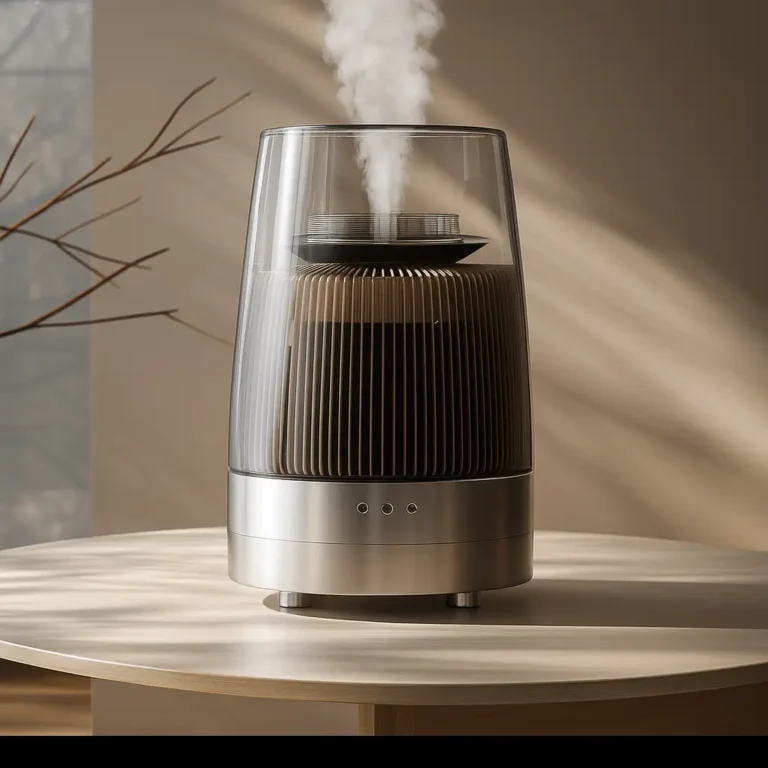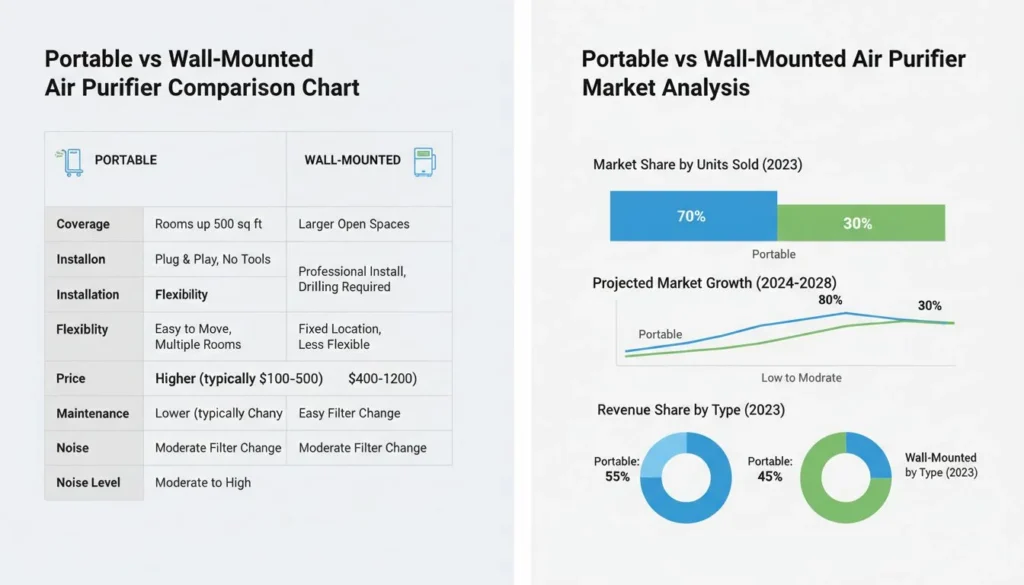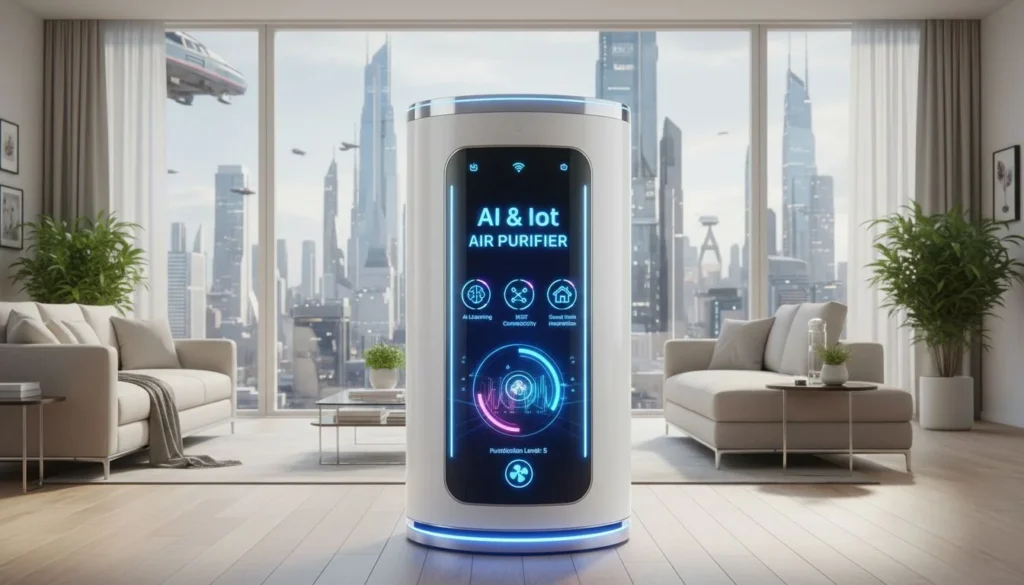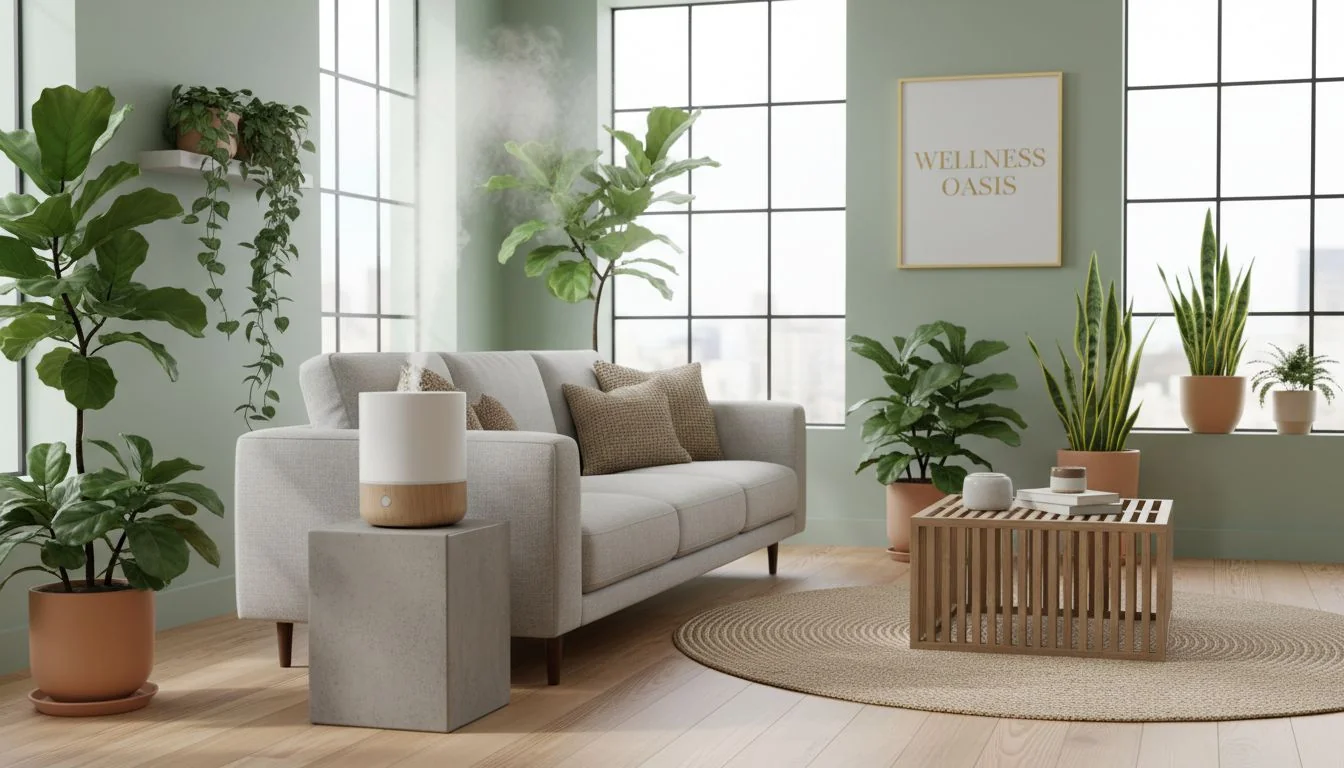
Your D2C brand is built on wellness, but you're stuck competing on price with basic appliances. You need a way to elevate your product line and capture the premium wellness consumer1.
Die home wellness market2 is a multi-billion dollar industry. Consumers are now actively investing in products that improve their health at home, moving beyond fitness and nutrition into their immediate living environment. This creates a massive opportunity for brands that can offer true wellness solutions, not just gadgets.

You've seen the explosion. Your customers are buying air purifiers, water filters, and blackout curtains. They are turning their homes into personal sanctuaries. They spend premium money on skincare, organic food, and sleep-tracking rings. They are educated, discerning, and they read labels. They are investing in a wellness lifestyle, and they expect the brands they buy from to be just as committed.
But many brands are missing a key piece of this puzzle. They are either ignoring a core pillar of environmental wellness or, even worse, they are selling a product that directly contradicts their brand promise. This is a huge risk, but it's also your single biggest opportunity to get ahead of your competition. Let's break down how to do it right.
The global wellness market is valued at over $5.6 trillion.Wahr
According to the Global Wellness Institute's 2023 report, the wellness economy is a massive and growing sector, with 'Healthy Buildings' being a significant contributor.
All humidifiers prevent the spread of viruses.Falsch
While maintaining optimal humidity (40-60%) can reduce virus viability, a dirty humidifier can circulate mold and bacteria, which poses different health risks.
1. The "Home Wellness" Market is Exploding?
Your customers are spending more time and money than ever to make their homes healthier. This isn't a trend; it's a fundamental shift in consumer behavior. Are you positioned to profit?
The "Home Wellness" market is expanding rapidly because consumers now see their living space as a critical component of their overall health. They are actively seeking products that improve Luftqualität3, sleep, and mental clarity, creating a new, premium category for home appliances.
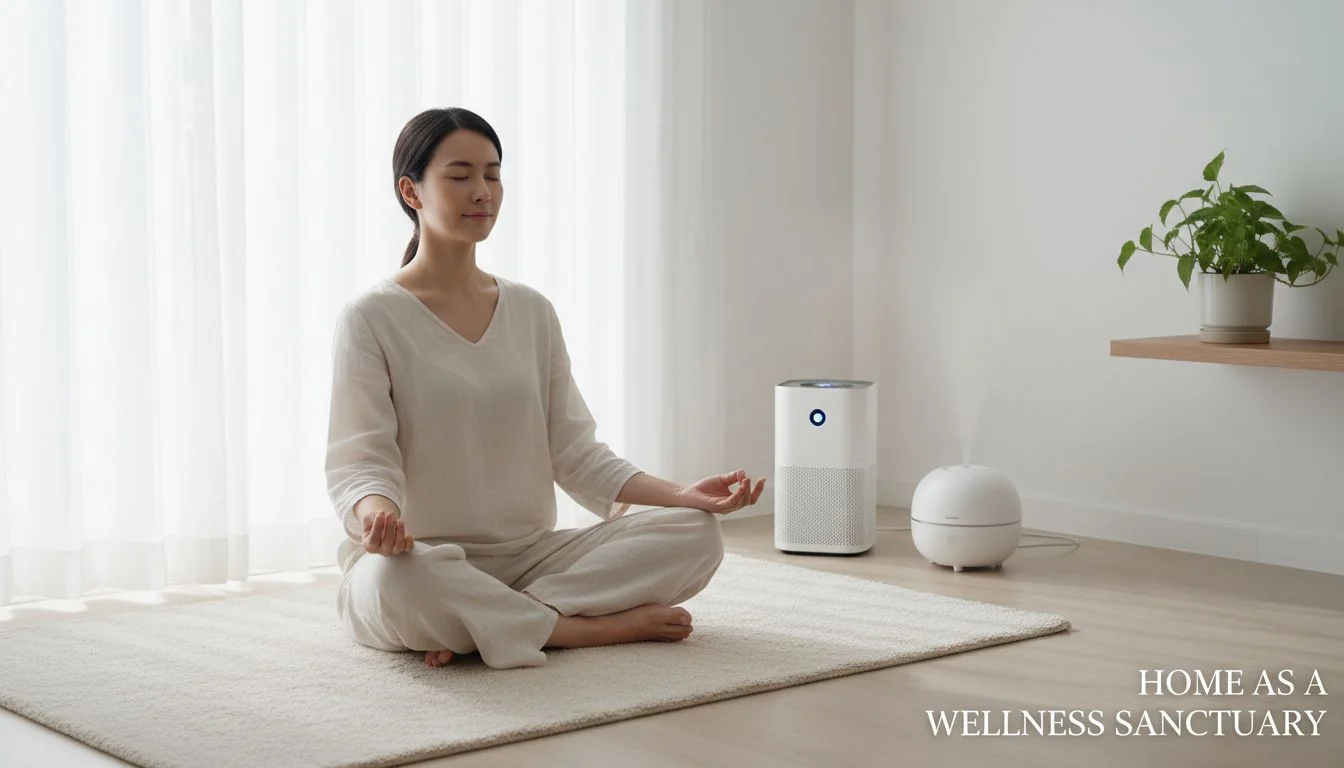
For years, "health" was about the gym and the kitchen. Now, it's about the entire home environment. This shift was accelerated by the pandemic, but the underlying desire is here to stay. Your customers understand that the air they breathe and the environment they sleep in have a direct impact on their well-being. As a product designer or brand owner, you must understand this shift. It's not just about aesthetics anymore; it's about tangible health benefits. This is where you can move from a low-margin "appliance" business to a high-margin "wellness" brand.
The New Consumer Priorities
| Priority | Consumer Belief | Product Opportunity |
|---|---|---|
| Air Quality | "The air in my home could be making me sick or affecting my allergies." | Air Purifiers, Luftbefeuchter, VOC Sensors |
| sleep quality4 | "Better sleep is the key to my energy and mental performance." | Blackout Curtains, White Noise Machines, Humidifiers |
| mindful living5 | "My home should be a sanctuary that reduces stress." | Aromatherapy Diffusers, Indoor Plants, Humidifiers |
Consumers are willing to pay a premium for products they believe will improve their health.Wahr
Numerous market studies, including those from Nielsen and McKinsey, show a clear trend of consumers prioritizing health and wellness and being willing to pay more for products that deliver on those promises.
The home wellness market is only for wealthy consumers.Falsch
While premium products exist, a growing number of mid-market consumers are prioritizing wellness spending, cutting back in other areas to afford products for their health.
2. Why is Humidity a Core Pillar of Home Wellness?
You sell products for better living, but are you ignoring the air your customers breathe all night? Linking humidity6 to wellness gives you powerful new marketing angles that your competitors are missing.
Proper humidity is essential for health. It directly impacts skin hydration, respiratory wellness, and sleep quality. By framing a humidifier as a tool for these benefits, you transform it from a simple appliance into a must-have wellness product.
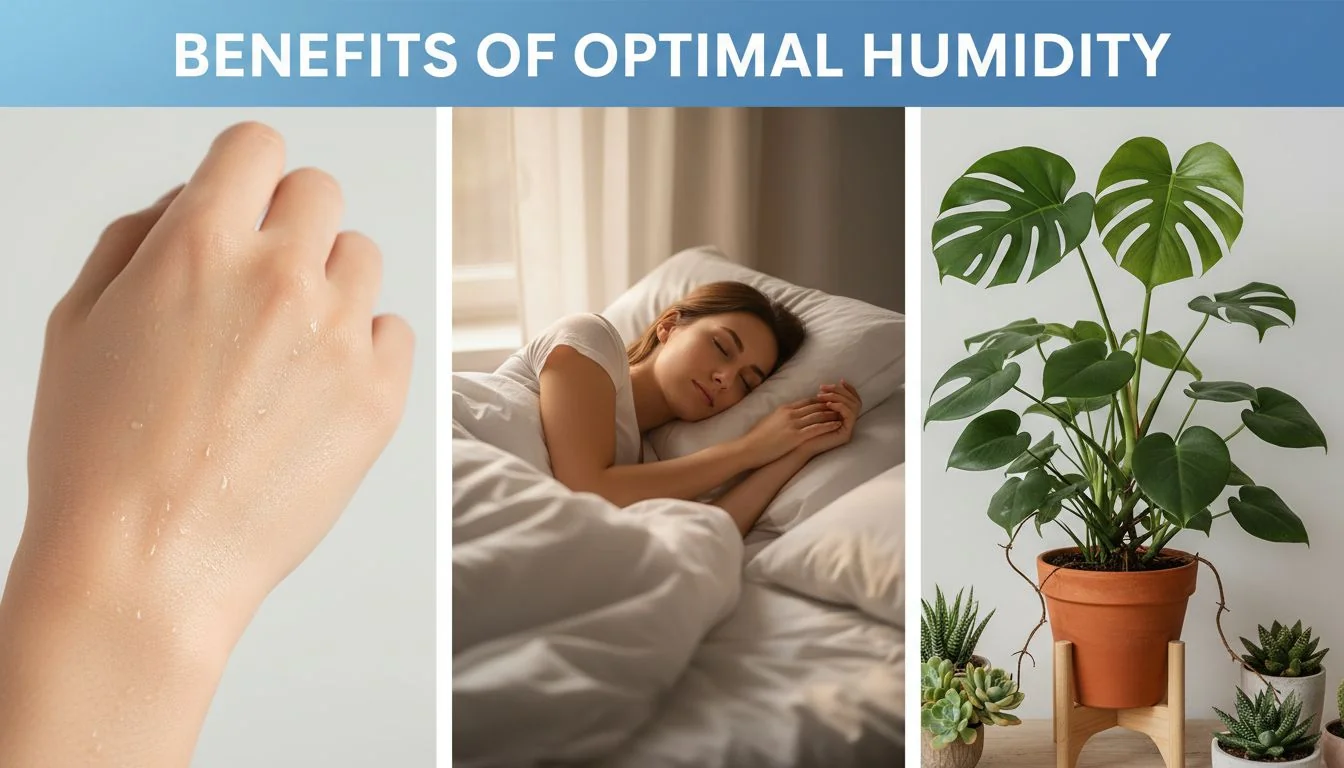
For too long, humidifiers have been marketed as a seasonal item for when you have a cold. This is a huge mistake. It's like marketing a water filter as something you only use when your tap water looks brown. The truth is, optimal indoor humidity (between 40% and 60%) is a foundational element of a healthy home environment, year-round. As a brand, you need to educate your customers on this. By connecting your product to the wellness results they already want, you elevate its value instantly. You're not just selling a machine that makes mist; you're selling the secret to glowing skin and a good night's sleep.
Connecting Humidity to What Your Customers Already Want
| Wellness Goal | The Problem with Dry Air | The Humidity Solution |
|---|---|---|
| Better Skincare | Dry air pulls moisture from the skin, causing dryness, flakiness, and worsening conditions like eczema. It makes expensive serums less effective. | A humidifier maintains skin barrier hydration from the inside out, amplifying the effects of any skincare routine. |
| Better Sleep | Dry air irritates nasal passages and the throat, leading to congestion, coughing, and snoring. This disrupts deep sleep cycles. | Optimal humidity soothes airways, reduces irritation, and promotes clearer breathing for uninterrupted, restorative sleep. |
| Thriving Plants | Most popular houseplants are tropical and suffer in dry indoor air. This leads to brown tips, wilting, and poor growth. | A humidifier recreates the natural, humid environment plants need to flourish, boosting your customers' "plant parent" success. |
Maintaining indoor humidity between 40-60% can reduce the survival of airborne flu viruses.Wahr
Multiple studies, including one published in PLOS ONE, have shown that the infectivity of aerosolized influenza virus is minimized in this humidity range.
You only need a humidifier in the winter.Falsch
Air conditioning in the summer also removes moisture from the air, creating dry indoor conditions that can be just as problematic as dry winter heat.
3. What is the "Wellness Liability" of Old Tech?
You've built a wellness brand on trust. But the cheap, plastic humidifier you're considering sourcing is a ticking time bomb that could destroy your brand's reputation.
Traditional humidifiers, made from porous plastic and difficult to clean, are breeding grounds for mold and bacteria. Selling such a product under a wellness banner creates a "wellness liability7"—a direct contradiction that puts your customers' health and your brand's integrity at risk.

This is the uncomfortable truth that most appliance brands don't want to talk about. The very device meant to improve health can become a source of contamination. Think about it. A standard humidifier is a dark, wet environment—the perfect place for biofilm and mold to grow. When the machine runs, it aerosolizes these contaminants and sprays them directly into your customer's air. Imagine your customer, who trusts you for healthy products, discovering that the humidifier you sold them is filling their bedroom with mold spores. The damage to your brand would be immediate and irreversible. This isn't just a product flaw; it's a fundamental betrayal of the wellness promise.
The Hidden Dangers in Traditional Humidifiers
- Porous Plastic: Most humidifiers are made from ABS or PP plastic. These materials have microscopic pores where biofilm can take root, making them impossible to truly sanitize.
- Complex Designs: Many tanks have nooks, crannies, and internal parts that are impossible for a user to reach and clean properly. Out of sight is not out of mind when it comes to mold.
- "White Dust": Ultrasonic humidifiers using hard tap water can disperse fine mineral dust, which can irritate the lungs.
This is the "wellness liability." Continuing to source and sell this outdated technology is a strategic mistake. You are creating fear, uncertainty, and doubt about your own brand.
Biofilm can form on plastic surfaces in humidifiers within 24-48 hours.Wahr
Biofilms are communities of microorganisms that adhere to surfaces. In the warm, wet conditions of a humidifier, their growth can be very rapid.
All ultrasonic humidifiers are dangerous.Falsch
The issue is not the ultrasonic technology itself, but the water used and the cleanliness of the machine. Using distilled water and a hygienic, easy-to-clean device mitigates the risk of 'white dust' and microbial growth.
4. How is Innovation Making Humidifiers "Wellness-Ready"?
The old technology is a liability. So, what's the solution? The market is finally catching up, and new innovations are creating a product that you can actually sell with confidence.
Innovations in materials and technology are solving the core flaws of old humidifiers. By using non-porous materials, simplifying designs for easy cleaning, and incorporating sanitization technologies like UV-C, a new generation of "wellness-ready" humidifiers is emerging.
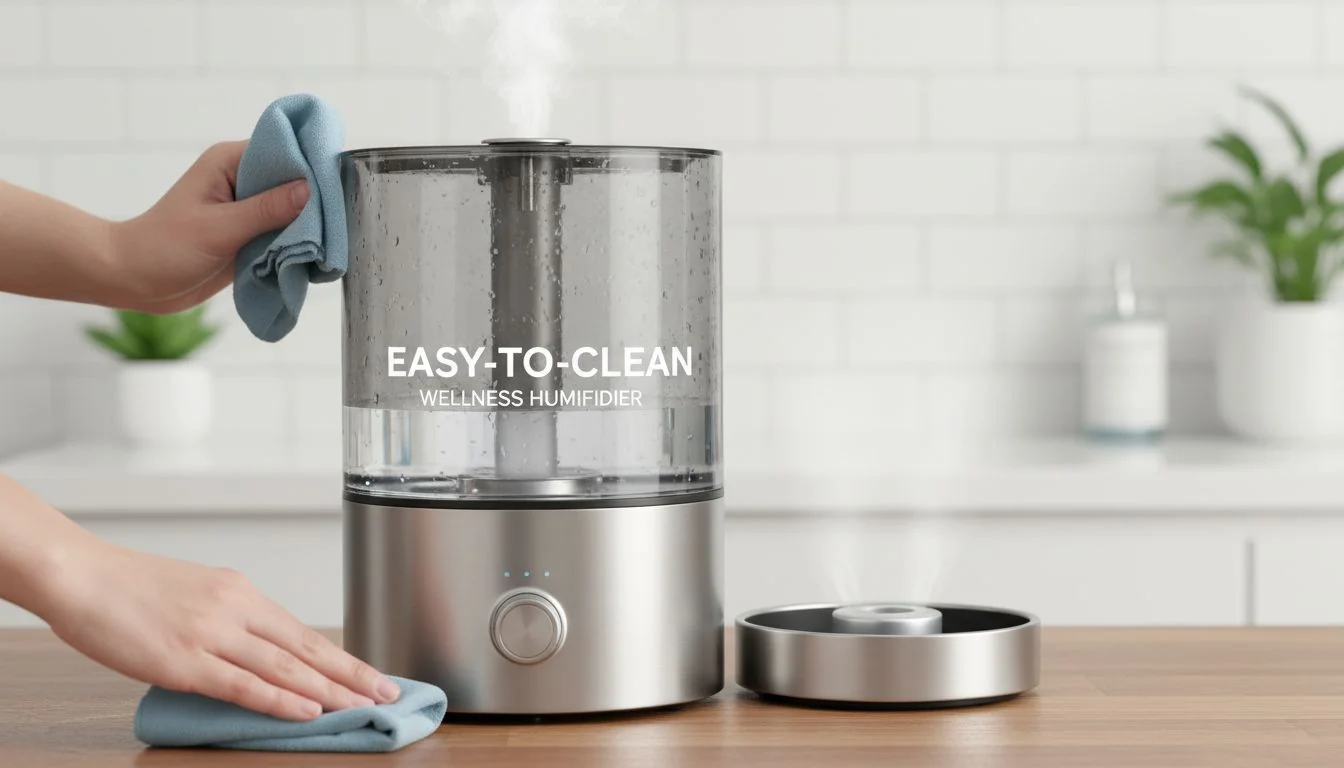
For a product to be truly "wellness-ready," it must be hygienic by design. You can't just slap a "wellness" label on a flawed product. The 2025 upgrade is about solving the problem at its source. I've worked with engineers and material scientists to pinpoint these failure points and design them out of the system. The goal is to create a humidifier that a premium D2C brand can be proud to put its name on. It means moving away from cheap, porous plastics and embracing materials and technologies that prioritize health and safety above all else. This is how you build a product that aligns with a premium brand promise.
The 2025 Upgrade: Old Tech vs. New Tech
| Merkmal | Old Tech (The Liability) | New Tech (The Solution) |
|---|---|---|
| Material | Porous ABS/PP Plastic | Non-porous materials (e.g., stainless steel, specific polymers) |
| Cleanability | Complex, hard-to-reach parts | Simple, open-access design. Dishwasher-safe components. |
| Sanitization | None, relies on user cleaning | Built-in sanitization (e.g., UV-C light, boil-to-sterilize functions) |
| Brand Alignment | Contradicts wellness promise | Reinforces health and hygiene |
This is the future. A product like the one from hisoair.com is not just another humidifier; it's the solution to the category's fatal flaw. It's a device designed for the new wellness consumer.
UV-C light at a wavelength of 254nm is effective at inactivating bacteria and viruses.Wahr
This is a well-established scientific principle. Germicidal UV-C lamps are used for disinfection in hospitals, water treatment, and air purification systems.
Dishwasher-safe humidifiers don't exist.Falsch
Innovations in design and material selection, such as using heat-resistant polymers or stainless steel for key components, have made dishwasher-safe humidifiers a reality.
5. How Do D2C Brands Win with a "True Wellness" Humidifier?
You can't win a price war against marketplace giants. The only way to win is to change the game. Stop selling an appliance and start selling a true wellness solution.
D2C brands win by sourcing a premium, hygienic humidifier8 that aligns with their brand promise. This allows them to "elevate the category," justify a higher price point, and build deep trust with the discerning wellness consumer.
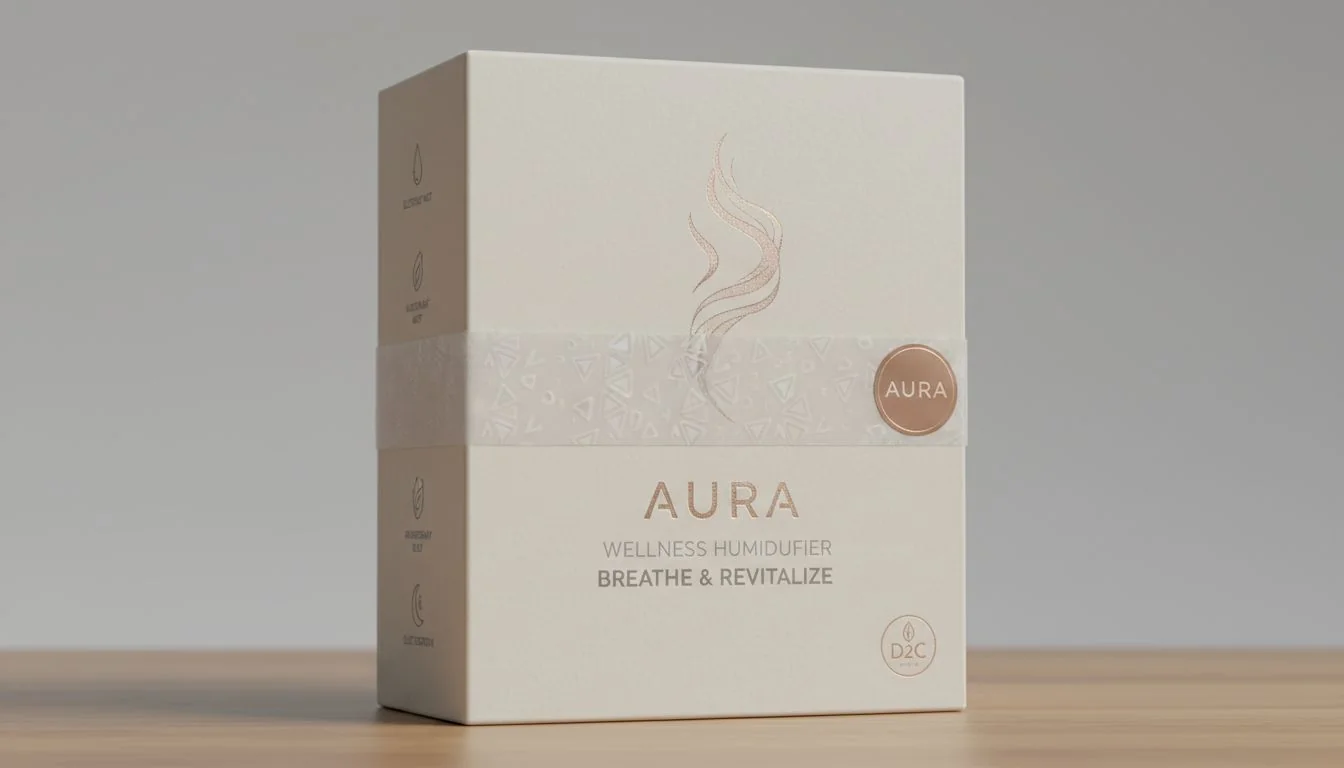
Stop trying to sell a $40 humidifier. You'll never make a real margin, and you'll be associated with a cheap, disposable product. The opportunity is to reframe the conversation entirely. When you offer a "true wellness" humidifier—one that is hygienic, easy to clean, and made from premium materials—you are no longer competing on price. You are competing on health, trust, and brand alignment. This is a battle you can win. Your customer isn't looking for the cheapest option; they are looking for the am besten option for their family's health. Give it to them, and they will reward you with their loyalty and their money.
Your Winning Strategy
- Elevate the Category: Your marketing shouldn't be about "adding moisture to the air." It should be about "unlocking better skin," "achieving restorative sleep," and "creating a healthy home."
- Justify the Premium: A higher unit cost is not a bug; it's a feature. It signals quality and filters out low-price shoppers. Your content should explain why the materials and design are better and safer, making the premium price logical.
- Align with Your Brand: A hygienic humidifier reinforces your entire brand ecosystem. It proves you are serious about wellness and are willing to invest in products that are genuinely healthy, not just products that have healthy-sounding marketing.
This is how you build a moat around your brand that low-cost competitors can't cross.
Brands with strong customer trust have higher customer retention rates.Wahr
Multiple business studies from sources like Forrester and Edelman confirm that trust is a key driver of customer loyalty and repeat purchases.
A higher product cost always means lower sales volume.Falsch
For premium and luxury goods, a higher price can increase perceived value and exclusivity, often leading to strong sales within the target demographic.
6. Why is the Humidifier No Longer Optional—If It's Hygienic?
The market has changed. Your customer has changed. A humidifier is now an expected part of a home wellness toolkit. The only question is, will you offer one that helps or hurts?
For any serious wellness brand, a humidifier is now a non-negotiable product. But it must be a hygienic model that supports your health promise, otherwise, it becomes a dangerous liability.
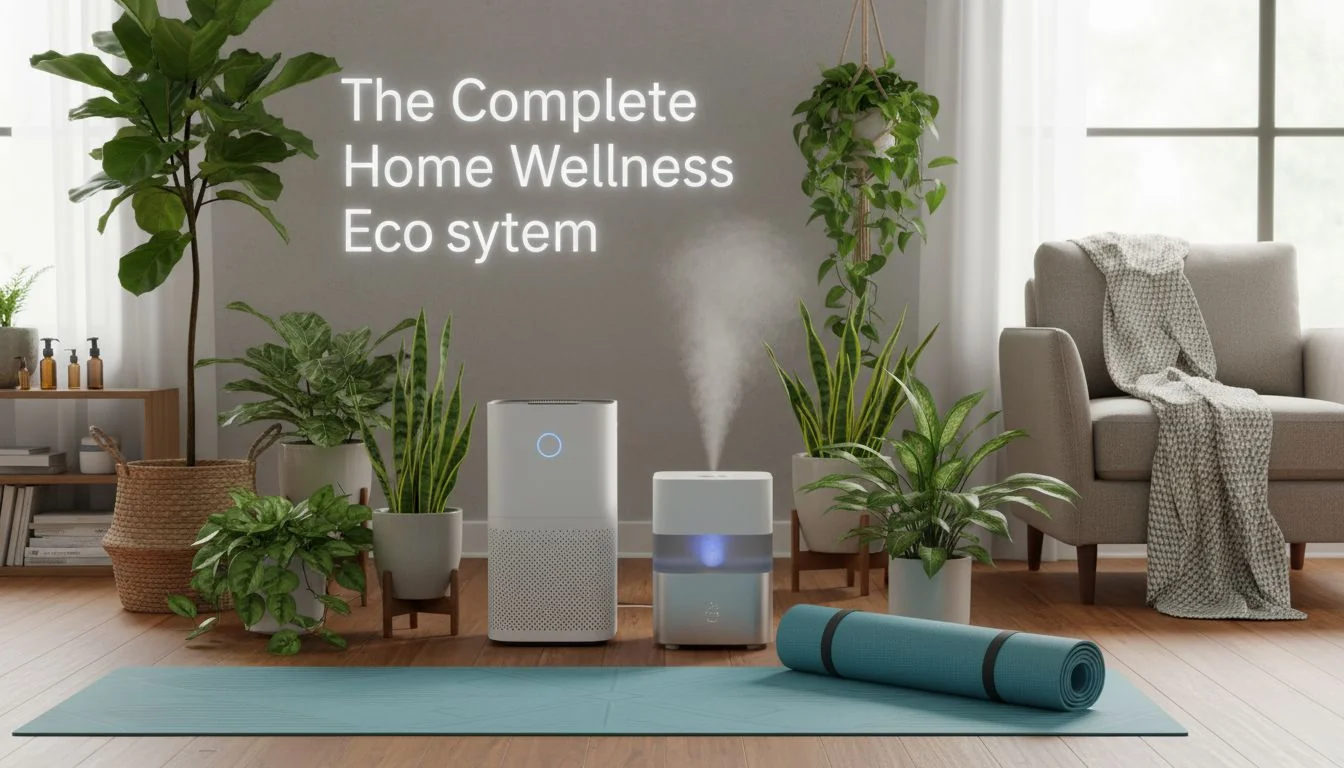
The conversation is over. The data is clear. Consumers are investing in their home environment, and humidity is a core pillar of that investment. Ignoring this category is leaving money on the table. But entering it with the wrong product is even worse. The old, plastic, hard-to-clean humidifiers are a relic of a past market. They are a direct threat to the trust you've built with your audience. The future belongs to brands that understand this distinction.
The Final Choice
You have two paths:
- The Path of Liability: Source a cheap, plastic humidifier. Compete on price, make tiny margins, and risk a brand-destroying scandal when customers realize it's making them sick.
- The Path of Opportunity: Partner with an innovator like hisoair.com. Offer a "true wellness" humidifier. Elevate your brand, command a premium price, and become a trusted leader in the home wellness space.
The choice is yours. But for the modern wellness consumer, a hygienic humidifier is no longer optional.
The global market for humidifiers is projected to grow significantly in the next 5 years.Wahr
Market research firms like Grand View Research and MarketsandMarkets project a strong CAGR for the humidifier market, driven by increasing health awareness and concerns about air quality.
Only D2C brands can sell premium humidifiers.Falsch
While D2C brands are well-positioned due to their direct customer relationship and storytelling ability, established retail brands can also succeed if they adopt a similar strategy of education and brand alignment.
Schlussfolgerung
The humidifier has been elevated. It's no longer a cheap appliance, but a core wellness product. To win, your brand must offer a hygienic solution that builds trust, not liability.
References
-
Learn strategies to engage premium wellness consumers who prioritize health and quality in their purchases. ↩
-
Explore the booming home wellness market and discover how brands can capitalize on this growing trend. ↩
-
Understand the significance of air quality in promoting health and how it influences consumer choices. ↩
-
Discover the health benefits of quality sleep and how products can enhance sleep experiences. ↩
-
Explore the concept of mindful living and its impact on overall wellness and lifestyle choices. ↩
-
Investigate the role of humidity in health and wellness, and why it matters for consumers. ↩
-
Learn about the risks of wellness liability and how brands can avoid damaging their reputation. ↩
-
Find out what makes a humidifier hygienic and why it's essential for health-conscious consumers. ↩



